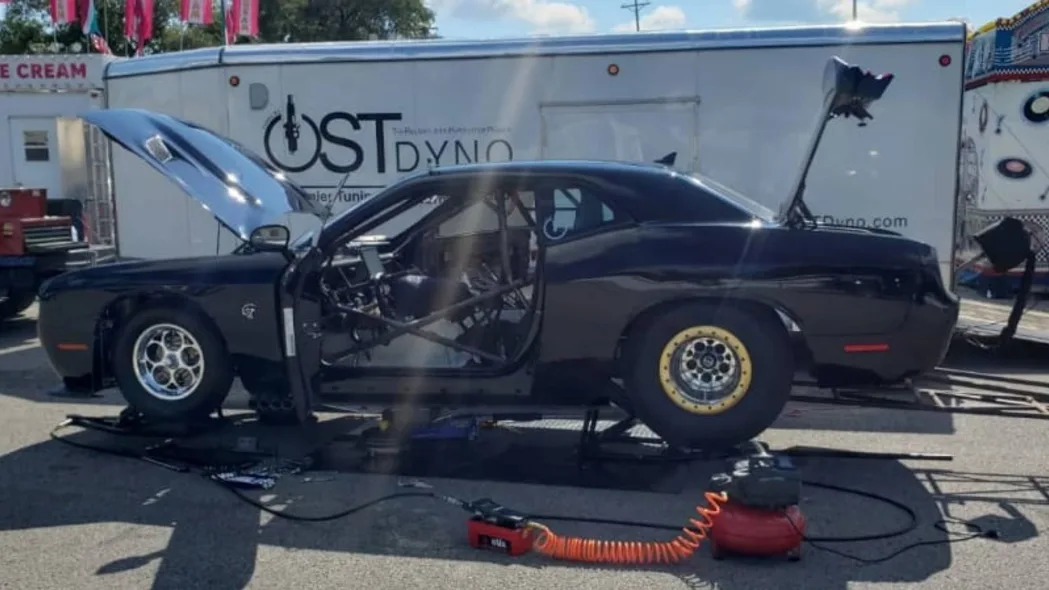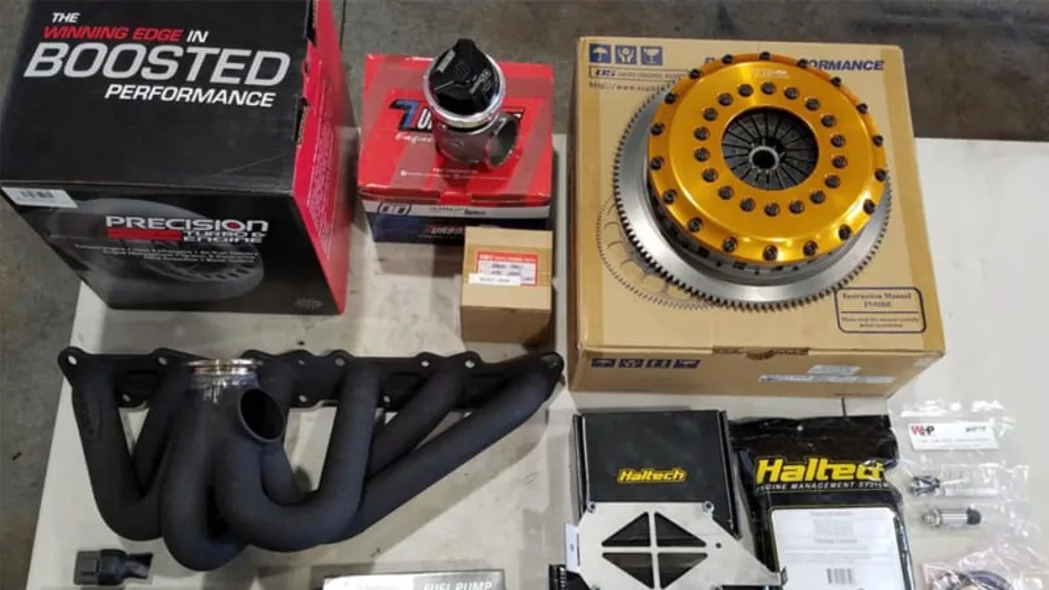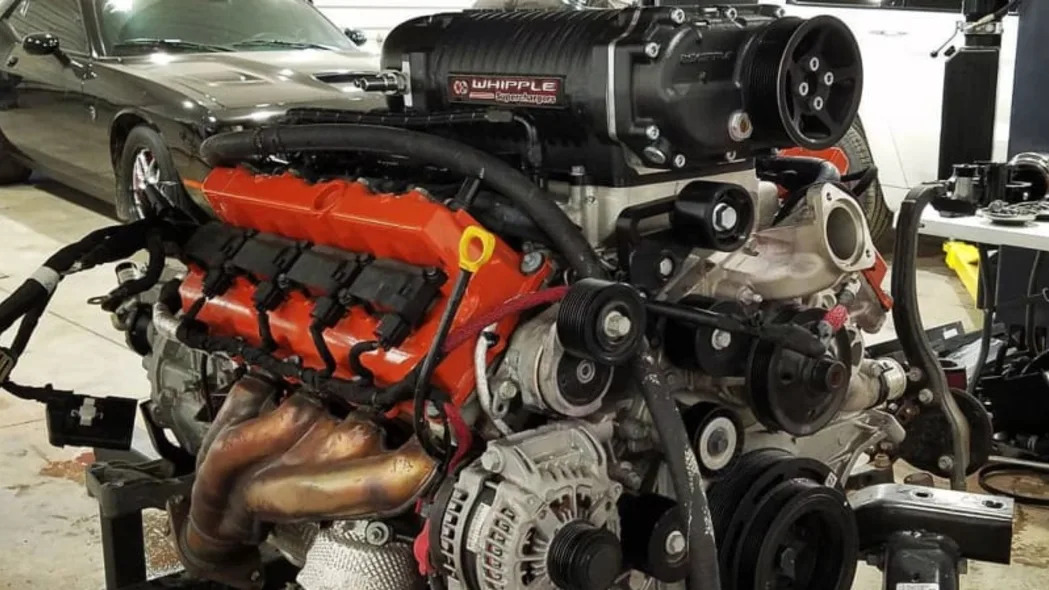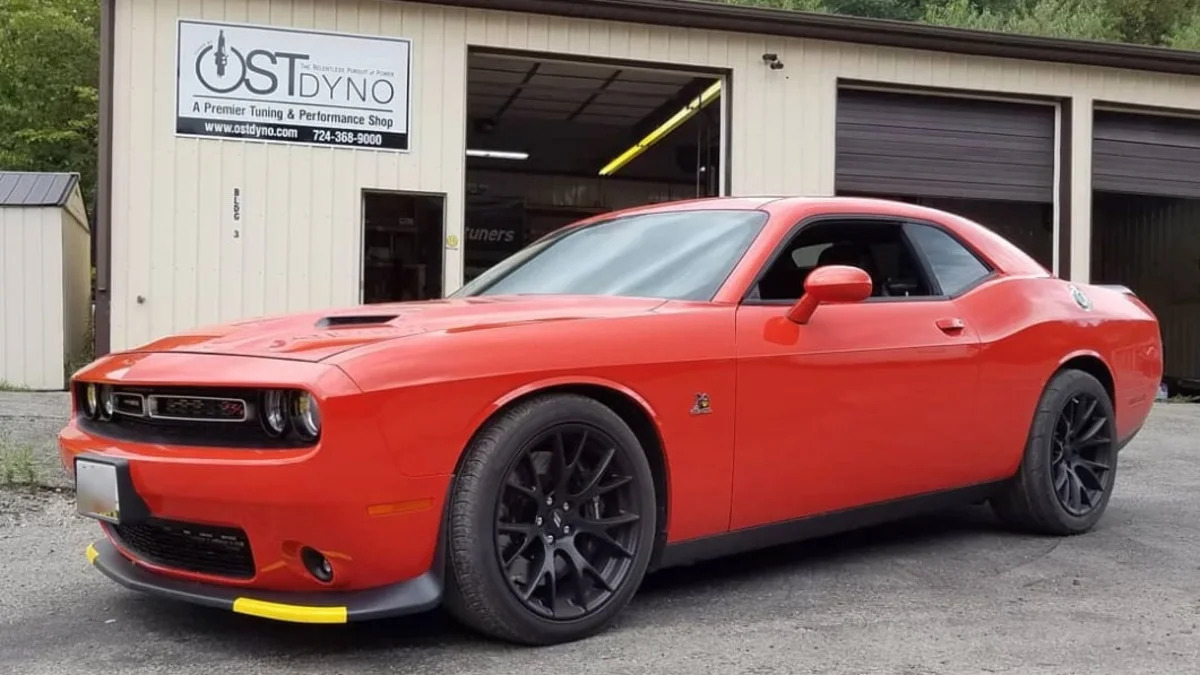Not long ago, I wrote a story about a pony car tuned with a supercharger. The blower install had been done properly. Then the car's owner bolted on a set of great looking wheels wrapped in good looking but inexpensive rubber. On my first test drive, I couldn't get any of that supercharged sweetness to the ground. It was the perfect ride for parking in a Burger King parking lot on a Friday night. I tooled around on a Sunday drive, shaking my head that someone had spent five figures to get more power the right way, with a clean install, then wiped out the gains so thoroughly that the stock engine would likely have overwhelmed the tires.
This got me thinking about the ways people ruin their quest for horsepower, either on the front end by not insisting on a clean install and paying the money for it, or on the back end with supplemental purchases like cheap tires or cheap gas. So I called three tuners, one focused on GM, one on Mopar, one on Ford, to find out what people should know about how to get the best power for their goals, and how to make sure they are able to use all that power. The first interview in this three-part series was with Blake Leonard at Top Speed Cincy in Cincinnati, Ohio, the second with Brandon Alsept at BA Motorsports in Milford, Ohio. This third and last interview is with Micah Doban at OST Dyno in Slippery Rock, Pennsylvania, a family business with more than 40 years of Mopar expertise specializing in Gen III Hemis, but tuning everything from land-speed cars and drag racers to Jeeps
The interview has been edited for clarity and concision.
Do people who come to OST generally know what they want?
Probably 80% of the people who come in simply want more power with no particular ET goal [ET is a kind of bracket handicapped drag racing – ed.].

What’s the best way to start a Mopar tune?
The first thing is what people often skip, and that's to find a tuner or a shop. People will throw parts on their cars that the Internet said to, then go to a tuner who does things a different way, and [the tuner is] like ‘No we don't like to use these injectors, we don't like these parts.’ You have to find someone familiar with the parts that are on your car or that you're planning to put on your car.
So having a goal and then finding a tuner who can help you with that goal is proper way to start.
Exactly. And a lot of tuners have their own formula – and when I say tuner I mean someone that also does work to the cars. Not someone that just tunes on the Internet, someone who dials the cars in, knows what works knows what doesn't.
I own a GM product. A cold-air intake, headers and exhaust are the go-to starters. Is it the same for Mopars?
Those parts won't add power to a 6.4 engine, they will add sound. We can do a tune and you'll pick up power from the tune, but those parts themselves, unlike a GM, will not add power to the factory stuff that's already super efficient.
What should someone know about tuning Mopars specifically?
They're not a GM or a Ford. We see shops that say ‘Yeah, I do tunes with GM, I can do your Chrysler,’ and they can't. Especially on the newer Chryslers, stuff gets really complicated. As far as parts go, we really don't do much on the cars, everything works very well from factory. Most of our cars are still on the factory transmission and diff and axles and motor, so we push the factory stuff pretty hard before we need to change it. But there's no oil pump gear issues like the Fords. There's not really an Achilles heel of these motors, which is pretty great.

When makes Chrysler motors more complex?
It's not the motors, it's the tuning – the engine and transmission computers, coding. Let's compare year to year, so we'll do a 2014 Camaro to a 2014 Challenger. It’s much easier for the Camaro to be tuned. You can put a big rowdy cam in the GM and blower and it'll be really easy to tune. If you do that with a Chrysler, especially once you get above 2014, it's very complex. They don't like to have all these different modifications.
If I have a stock NA Mopar and want 20 to 40 more horses, what should I do first?
If someone had, like, a ‘15 Scat Pack, 8-speed automatic, 6.4 bone stock and they wanted to make some power, the first thing I would ask them is what's your budget? If someone just wants 20 or 30 horsepower additional at the wheel, an engine tune would do that. If they want to get close to that 40 mark, we’d probably tell them you've got to put some race fuel into it and we could do a race fuel tune. But 40 to 50 is kind of oddball number because that's dead between a tune and a camshaft. With a cam, you'll probably pick up 60 to 70 horsepower. But if they wanted 100 horsepower additional, or 150, usually where we go first is either a cam package or a blower, and you just have to bolt the blower on and get it tuned properly. But people blow them up because they’re tuned too aggressively.
What's the cam start at to do properly?
Depends on if it's an automatic or a manual car. For the manual guys it turns out pretty nicely for about $4,500. We don't put cams in automatic cars with the factory torque converter because they're just not worth doing. If you wanted only a 40-hp gain we could put a wimpy cam in there, but all of our cams are pretty rowdy, so we’d also need a high-stall converter. A lot of cams that sound really cool, the car doesn't drive very nicely. They need something to loosen up the load at low RPM or at idle speeds, or else you drop it into drive that cam will try to push through the brakes or stall the motor. A cam and converter for an automatic car is going to be somewhere around $6,800.

Do people come in wanting too much power for the amount of money they have to spend?
That does happen very often. One of the most important things is to say, ‘I have this budget, what makes sense for the money I have?’ There are a lot of costs people don't consider, even if they're just doing parts. [They’ll say], ‘The supercharger kit costs $7,400, I have $8,000, can you put a blower on my car?’ Well, no, because there are supporting parts like an engine computer, a tuning module, a tune, and there's an extra $2,500 in parts in addition to the blower. So they don't have the right budget in mind for what they're trying to do.
In that case, is it ‘This is what we can do it for and we can't negotiate?’
Yeah. We have to pay for the parts, and we don't negotiate with labor. But if someone said, ‘Hey, I want to put a blower on my car at $6,000, can I do that?’ I'll say no, but with $6,000 you can do this, this, and this, or for an additional four grand you can have a blower on your car. Usually when someone says ‘I have $4,000, I want 100 horsepower,’ they read on the Internet that for $4,000 they can have a cam kit and make 100 horsepower. Right off the bat you're like, “I can see this guy has been reading online,” so we try to give him some factual information, not misinformation.
And you can't just install a supercharger and then not do the accessory components?
You could do it but the car won't run.
How do owners mess up their NA Mopar tunes?
The worst of all the modifications I see is really bad wiring [for things like] nitrous systems and gauges. If I had any advice it's fix your wiring before you come to the dyno. Don't wire and then drive to the dyno and hope it works because it often doesn't.
As far as tunes from people doing it themselves, lots of motors are damaged for having too much ignition timing. And if they don't damage the motor, the drivability is very poor. They'll put it on a dyno and [tune it for] an inflated high horsepower number, but the car can't start cold or start hot, you put it in Drive and it stalls out. So great, you made your high horsepower number but you can't actually drive the car.

If they want big power, what do they need?
If we're talking more than just slapping a blower on and making an additional 150 hp, you really do need to put a forged internal motor into the car. The pistons are made to be naturally aspirated, so they're not able to take significant cylinder pressure. They're not as weak as the Internet says, but if you're chasing 700 or 800 horsepower, you're going to need something like that. One hundred and fifty horsepower is probably where we'll stop on a factory motor gain. If you want to go higher than that on race fuel, obviously, we'll tell you you're at the limits and you better understand you're at the limit.
Related Video


Sign in to post
Please sign in to leave a comment.
Continue